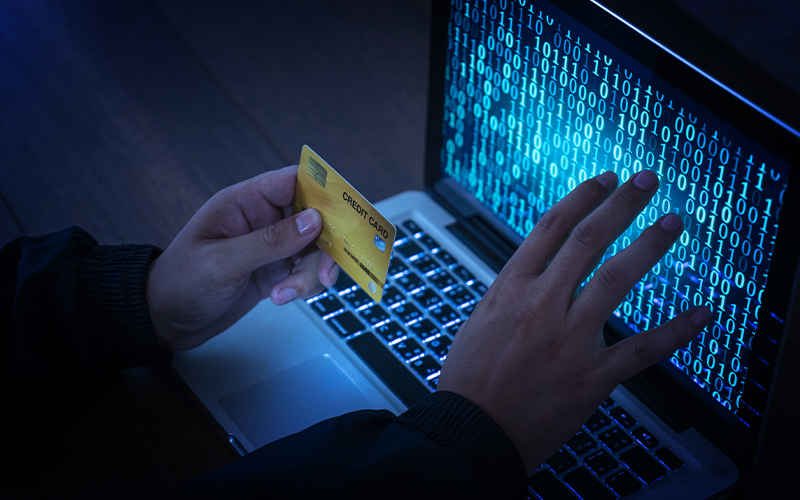BPM Analytics
Grocery-on-Wheels - Taking retail back to the streets, safely
Remember those vegetable cart pullers from childhood, who would make rounds of the neighbourhood in the hope to make a sale? While supermarkets marveled at us to forget the doorstep delivery of yesteryears, the concept is raising its head once again, albeit in a digital avatar.
Today, Grocery on Wheels stores is ubiquitous again. The formats are changing and evolving for the better, be it in Japan or the USA, London, or India. From drivers driving it to the societies at large with billing staff in the van, to a completely no-human, 100% automated shopping experience, is what the world is talking about.
The impact of the pandemic has forced this uptick, and for good. Let’s first look at the broader retail on wheels segment. The segment has seen an undeniable growth in the last 2 years of the pandemic, with several startups taking the lead. To put things in perspective, automated stores on wheels were valued at $3.53 billion in 2020 and are projected to grow at 24.5% CAGR by 2030, reaching $30.05 billion.
In Shanghai, China, odd-looking, automated, and driverless cars are delivering snacks and essentials to households. Remote-controlled, solar-powered cars with four drone delivery pads and artificial intelligence are deftly rerouting vehicles to replenish stock levels on the go. A case in point is Mobymart Wheelys. It is an app-based shopping experience where customers can step onboard via the app and step out after self-scanning and auto-debit of payment. Ali Ahmed's Robomart in California is running on a similar AI algorithm.
Different firms - Foodora, Pizza Hut, and Toyota, have also started developing independent conveyance robots. In India, SPAR, Lifestyle, and Levi’s are reaching large societies with their brand on wheels to tackle the sloth-like pace of footfall increase in the stores after the pandemic made shopping from the couch the in-thing.
With multiple benefits such as no long-term lease, demand-based inventory, and convenience, as well as a cost-effective advertising platform, which is also mobile, shops on wheels are surely making a strong financial statement for brands. The potential is undoubtedly huge, as retail giants have also entered the arena.
The increasing returns of total grocery sales projected in a strong economy like the US are pushing up the e-commerce sales as well, a segment that recorded huge growth in the COVID period. Several of these e-commerce giants quickly pivoted to hyperlocal grocery delivery as well. The growing affinity towards online shopping, including household items, opens an avenue wide open for Grocery on Wheels stores to increase their presence manifold.
On the guard…
Automated stores on wheels, however, face tough competition from players like Amazon which provides same-day delivery. To ensure success, stores on wheels need to be always stocked up with all products to attract the globe with their new concept.
While AI/ML will play a huge role in making the shop-on-wheels supply chain seamless, it also renders the system vulnerable to scammers. Customers can take up things off the trays and leave without paying in case of a system breakdown as the items won’t be checked. Fraudsters can even tailgate and pickup items while someone else is shopping which would lead to chargeback filed by victims costing the company’s reputation and cost.
Fraudsters get unauthorized access to mobile devices via malware. Trusted accounts on known devices account for 34% of all fraud. Customers are exposed to Subscription fraud wherein criminals break into accounts secured by 2-factor authentication (2FA) which is hard to detect and harder to reverse as it seems like a genuine transaction. Customers may be in danger of Account Takeovers (ATO) and Chargebacks in a fully automated Wheeled Store.
It is thus imperative to get fraud detection and prevention practices right. Safety in agility, in other words, will be key to beating the e-commerce giants equipped with sophisticated warehouse management systems.
The overall fraud detection and prevention market revenue was $20,614.4 Mn in 2018 and is expected to grow at a CAGR of 15.1% between 2019-2024, reaching $47,903.1 Mn by 2024. The key drivers for this growth will be the integration of AI/ML to scale efforts to detect and predict frauds. Fraud detection and prevention solutions would grow at the quickest rate in the next few years, which will unlock opportunities in fraud detection in other emerging products like Grocery on Wheels as well.
Given the infancy of a concept that neither parallels e-commerce nor in-store shopping, the possibilities of fraud and glitches abound, and more so as the segment expands. Being on the move constantly to stock up on items for sale, the operating cost per vehicle for the operator will rise as well.
But these companies must commit to deploying necessary anti-fraud controls. According to a report by PS Market Research in 2019, the adoption of the store-on-wheels concept is highly dependent on mobile phones and 38% of merchants claim that the fraud rate on handheld devices has increased by notches since 2017. The report also suggests that the risk exposure of mobile transactions also increased from Rs 6.48 billion to Rs 10.98 billion in India, while the vulnerability of mobile transactions increased from 30% to 49 %.
Integrating anti-fraud solutions into necessary touchpoints can mitigate these risks. Enterprises can study behavioral biometrics to determine if a transaction originated from a verified customer or a potential fraudster. Companies can mitigate risk by creating a strong gateway for each customer by verifying customer identities, encouraging strong data security, and being compliant with industry privacy standards.
To decrease risk, businesses can utilize a combination of commerce safeguards, such as automated data analytics combined with human interaction. Controls like facial recognition and two-step authentication can further reduce risk. Understanding and identifying relevant areas of new-age technology deployment will be crucial in this endeavor to make Grocery on Wheels safe and one of the preferred modes of shopping in a competitive retail market.






